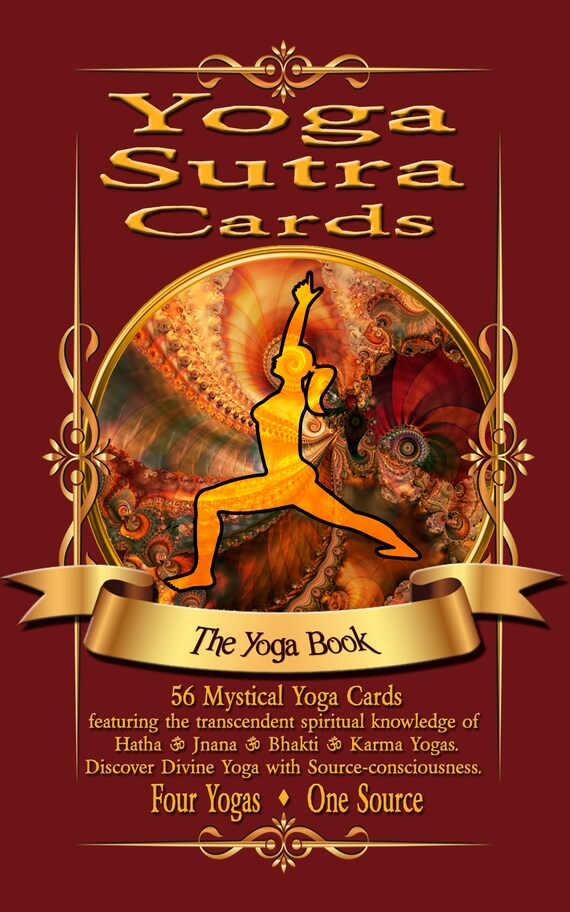

(In fact, I wished for drawings to replace the small black and white photos which don’t always show the poses to best advantage.) The inclusion of Jain and Buddhist tales expands our habitual notion of yoga as “Hindu” while the concluding section, “Metaphors of the Yogini”, forces us to confront the image of the yogi as a male ascetic bent on controlling or escaping the natural world. The stories are engaging and the line drawings are charming, energetic and plentiful. Let the stories and their values enhance your appreciation of India’s rich culture and yoga’s diverse nature. Don’t be put off by the ones you find obscure or too challenging. The book has much more going for it than the poses. Given American yoga’s emphasis on asana, and the challenging nature of the “party poses,” will this selection really inspire readers to “leap into the world of Hindu mythology”? So the inclusion of all those arm balances made me go “Hmm,” and I found myself wondering just who the intended audience was. I also know that the majority of students in most classes are women. I think of these as these definitely “guy poses” even though they can be and are also performed by women. As a yoga teacher, I know that arm balances come more easily to men than to women, due to the superior upper-body strength and higher center of gravity of the average male body. A good number in this last category, known as “party poses” in some yoga circles for their flashy “Look at this!” quality, involve bearing weight through the arms while doing something complicated with the legs, such as wrapping one leg behind the head. They include some poses familiar to the average yoga student, several that are probably unfamiliar to all but advanced practitioners, a handful (crocodile, vajrasana, dandasana) that sound familiar but are presented in unusual and challenging versions, and poses largely named for sages.



 0 kommentar(er)
0 kommentar(er)
